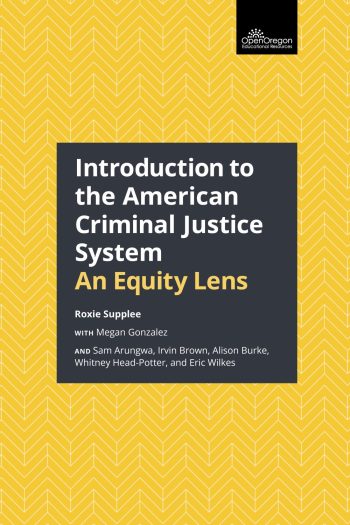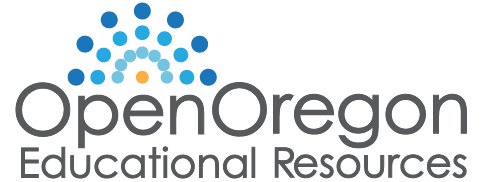Book Title: Introduction to the American Criminal Justice System: An Equity Lens

Book Description: This introductory criminal justice textbook serves as a comprehensive resource for students to explore the key areas of the American criminal justice system. Students will examine the roles of the police, courts, corrections, and juvenile law. Additionally, the book introduces criminal theory, data, and legal principles. Beyond just studying these topics, students will have the opportunity to investigate potential careers and reflect on their roles and opinions within our legal system.
Contents
Book Information
Book Description
Introduction to the American Criminal Justice System is an openly licensed, equity-minded textbook that expands on the first edition of the open educational resource (OER) created by Criminology and Criminal Justice professors at Southern Oregon University (SOU) in Ashland, Oregon. This second edition builds on the success of the original work by updating the major features of the book.
In this book, you’ll find a comprehensive overview of the basics of criminal justice, covering topics like police, courts, corrections, juvenile law, legal and criminal theory, and crime data. This edition’s engaging approach sets it apart, starting each section with questions and key terms to ensure students grasp the essentials before moving forward. Complex topics are explained using student-relevant examples to make the material more relatable and easier to understand.
Easy-to-use and customizable course materials make this book come to life. This course pack incorporates a variety of instructional materials, such as textbook chapters, unit slides, videos, infographics, Google Earth, and links to data and popular press stories. Often, the material is already available as resources from the related textbook and highlighted in the course design. Each week follows this structure:
Students read and watch relevant content from the textbook, instructional videos, and other supporting resources. Students complete a vocabulary quiz and discussion or assignment (called a “case study”) each week. The quiz serves as a knowledge check for vocabulary and other concepts covered in the textbook. Weekly discussions and case studies encourage students to apply their knowledge by drawing upon readings and personal experience to answer open-ended prompts.
License
Introduction to the American Criminal Justice System: An Equity Lens Copyright © by Roxie Supplee; Megan Gonzalez; Sam Arungwa; Irvin Brown; Alison Burke; Whitney Head-Potter; and Eric Wilkes is licensed under a Creative Commons Attribution-NonCommercial-ShareAlike 4.0 International License, except where otherwise noted.
Subject
Criminal investigation and detection

